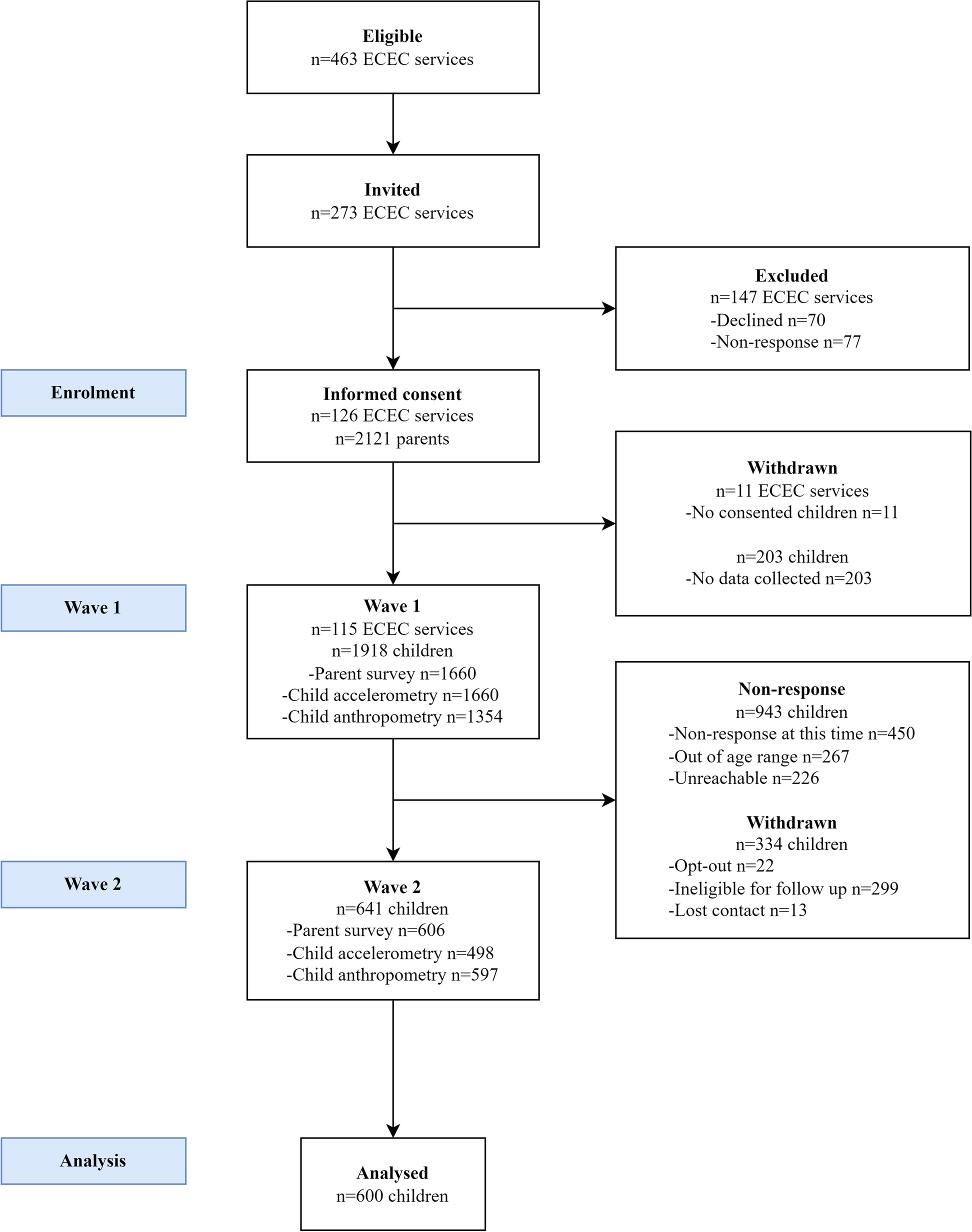36
Longitudinal effects of dog ownership, dog acquisition, and dog loss on children’s movement behaviours: findings from the PLAYCE cohort study - International Journal of Behavioral Nutrition and Physical Activity
ijbnpa.biomedcentral.comIntroduction Regular physical activity is important for children’s physical and mental health, yet many children do not achieve recommended amounts of physical activity. Dog ownership has been associated with increased physical activity in children, however, there have been no longitudinal studies examining this relationship. This study used data from the Play Spaces and Environments for Children’s Physical Activity (PLAYCE) cohort study to examine the longitudinal effects of dog ownership status on children’s movement behaviours. Methods Change in dog ownership from preschool (wave 1, age 2–5) to fulltime school (wave 2, age 5–7) was used as a natural experiment with four distinct dog ownership groups: continuing non-dog owners (n = 307), continuing dog owners (n = 204), dog acquired (n = 58), and dog loss (n = 31; total n = 600). Daily movement behaviours, including physical activity, sedentary time, sleep, and screen time, were measured using accelerometry and parent-report surveys. Differences between groups over time and by sex were tested using linear mixed effects regression models. Results Girls who acquired a dog increased their light intensity activities and games by 52.0 min/day (95%CI 7.9, 96.0) and girls who lost a dog decreased their light intensity activities and games by 62.1 min/day (95%CI -119.3, -4.9) compared to no change among non-dog owners. Girls and boys who acquired a dog increased their unstructured physical activity by 6.8 (95%CI 3.2, 10.3) and 7.1 (95%CI 3.9, 10.3) occasions/week, compared to no changes among non-dog owners. Girls and boys who lost a dog reduced their unstructured physical activity by 10.2 (95%CI -15.0, -5.3) and 7.7 (95%CI -12.0, -3.5) occasions/week. Girls who lost a dog decreased their total physical activity by 46.3 min/day (95%CI -107.5, 14.8) compared to no change among non-dog owners. Continuing dog ownership was typically not associated with movement behaviours. Dog ownership group was not associated with changes in sleep and had mixed associations with screen time. Conclusion The positive influence of dog ownership on children’s physical activity begins in early childhood and differs by child sex. Further research should examine the specific contributions dog-facilitated physical activity makes to children’s overall physical activity, including the intensity and duration of dog walking and play.


Dogs are the key to getting your kids to go outside